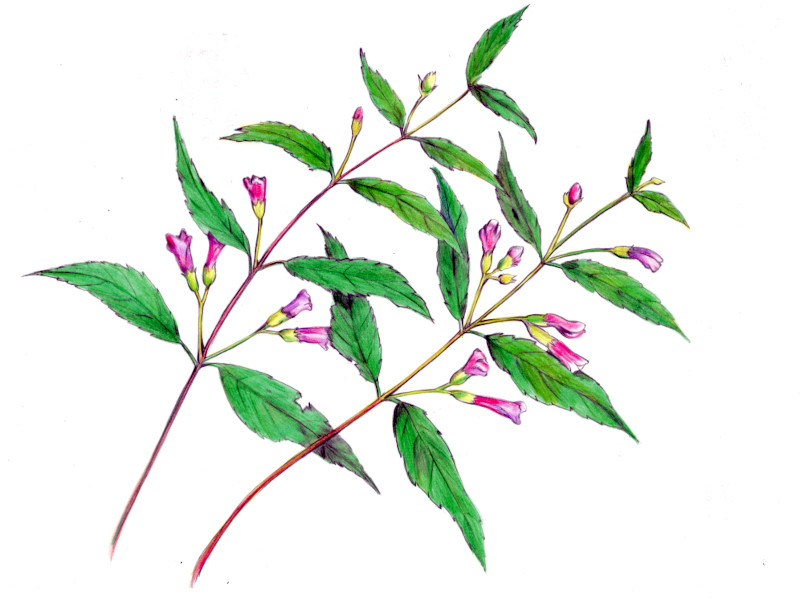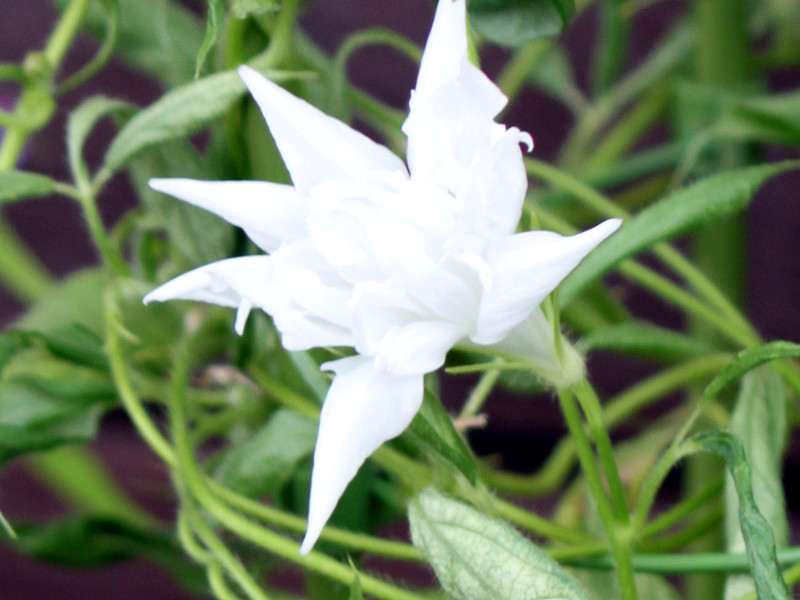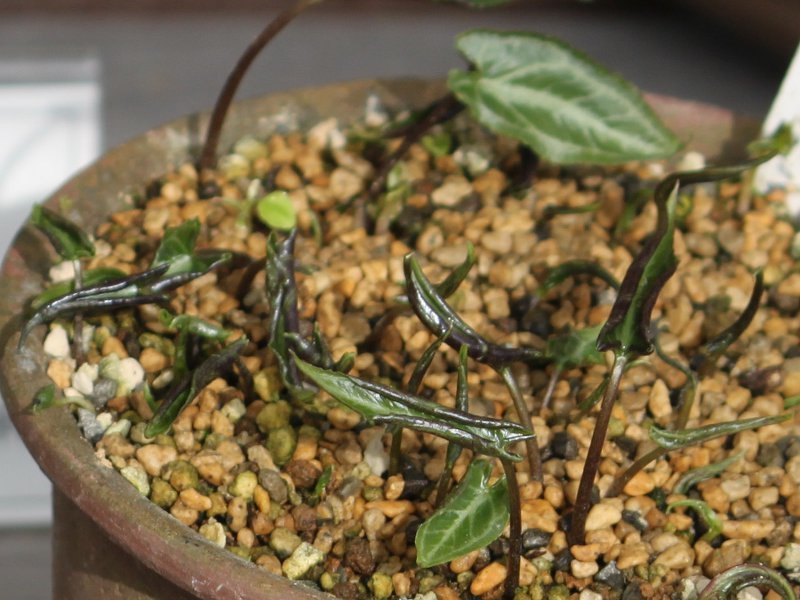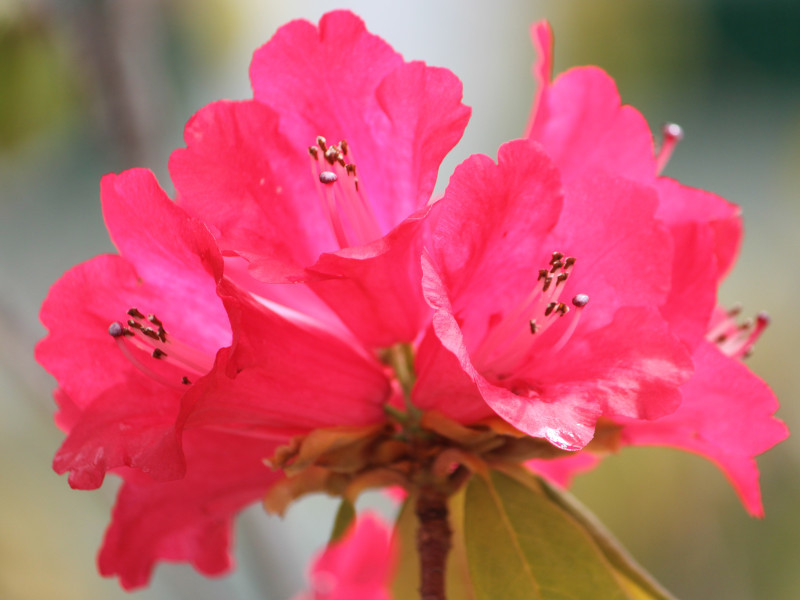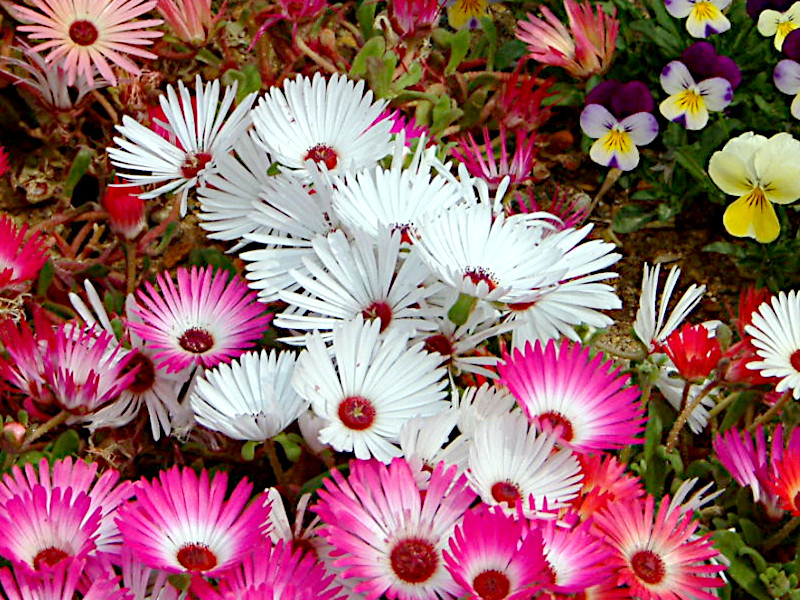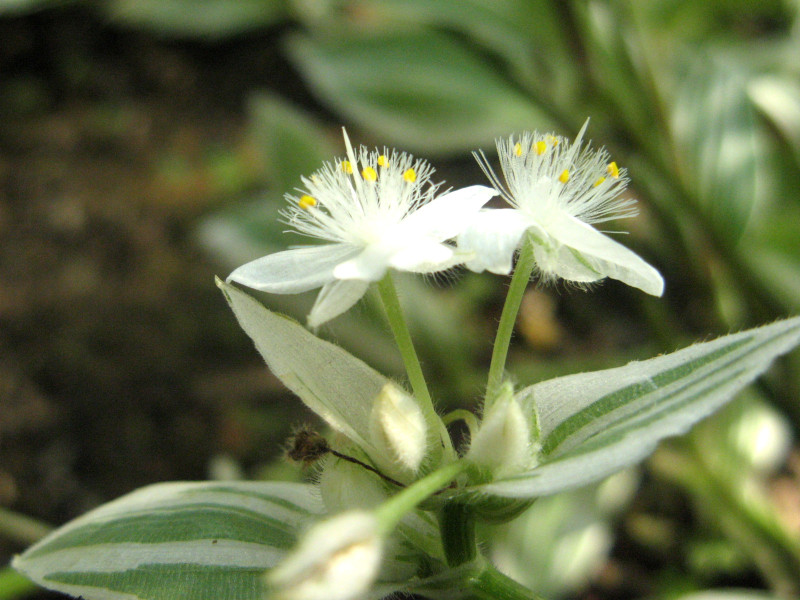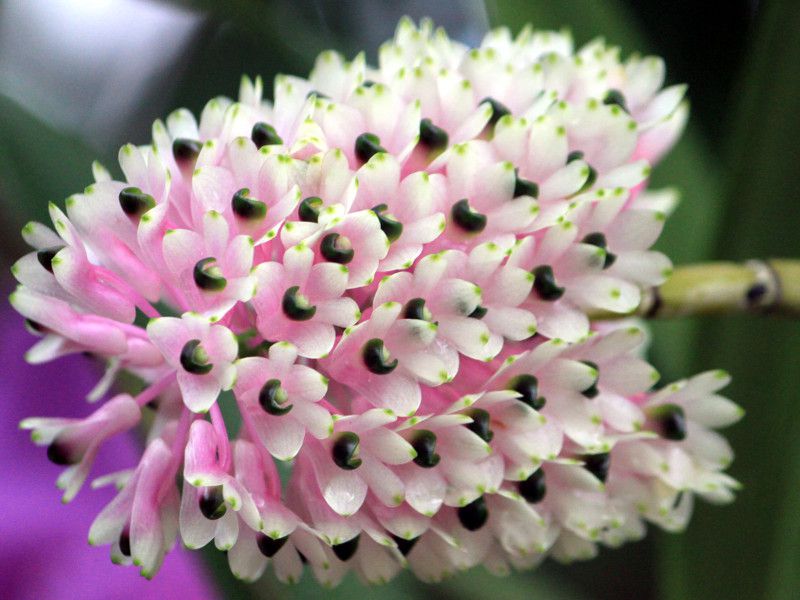Isodon longitubus
- Flower nameIsodon longitubus
- Scientific nameChelonopsis longipes
- Alias谷麝香草
- Place of originJapan
- Place of floweringFields and footpaths
- Flowering seasonSeptember, October
What is Isodon longitubus
Chelonopsis longipes (scientific name: Chelonopsis longipes) is a perennial herb in the family Lamiaceae and is endemic to Japan. It grows wild in Honshu (the Kanto region and westwards) to Kyushu in lowlands and mountainous areas along valleys and forest margins. It produces several stems from rhizomes. The stems are erect and slanting, and the herb grows 50 to 100 cm tall. The leaves are 8-15 cm long, 2.5-5 cm wide, oblong-ovate with a pointed tip and a heart-shaped base. In September to October, the petiole emerges from the upper leaf axil on the branch and produces a concentrated inflorescence at the end, which produces 1 to 3 light reddish-purple flowers. The petiole is longer than the petiole. The corolla has a thick tubular lip with a short upper lip and three lobes on the lower lip, with the central lob larger than the other two lobes. The flower has four stamens and one pistil. The sepals are bell-shaped, but after flowering they become globular and cover the fruit. The fruit is a fruit consisting of one to three segments and is about 1 cm long. There are three species in the genus C. longipes (C. longipes), C. moschata (C. moschata), and C. yagiharana (C. yagiharana).
Origin of Japanese and scientific names
The species name "longipes" means "with a long handle," and was given by Dr. Tomitaro Makino, the same as the Japanese name. The genus name "chelone" is a compound of the Latin words "chelone (turtle)" and "opsis (similar).
Difference between Chelonopsis longipes and Chelonopsis moschata
Chelonopsis moschata grows in highlands, whereas Chelonopsis longipes grows along valleys in lowlands. The flower stalks of Chelonopsis longipes are longer and the flower color is darker in tanijakoso.
Common name: Chelonopsis longipes, scientific name: Chelonopsis longipes, origin: Japan, habitat: Honshu (Kanto District and westwards) to Kyushu, Japan, environment: forest margins along valleys in pavilions, life form Perennial herb, Height: 50-100 cm, Stem: erect and oblique, Petiole length: short (0.5-1 cm), Leaves and stems: musky odor , Leaf shape: oblong-ovate with a pointed tip and a heart-shaped base, Leaf margin: rough serrate, Phyllotaxis: opposite, Leaf texture: rather thin with oblique spines on both sides, Leaf length: 8-15 cm, Leaf width: 2.5-5 cm Flowering season: September-October; Flowering place: upper leaf axils; Flowering style: 1-3 at the tip of petiole; Petiole: long (3-4 cm); Inflorescence form: cyme, polycorymbose; Flower color: red-purple; Corolla shape: lip-shaped (tube end in joint flowers); Stamens: 3.5-4 cm long; Number of stamens: 4; Number of pistils: 1; Sepals: bell-shaped and globose after flowering Fruit: 1 to 3, length: 1 cm, Note: Japanese name and species name were given by Tomitaro Makino.
